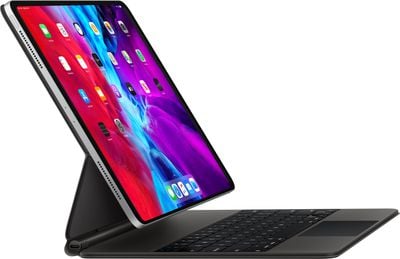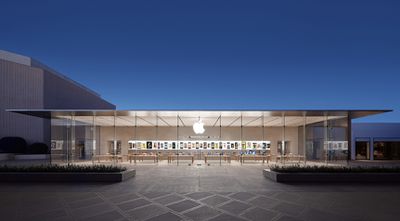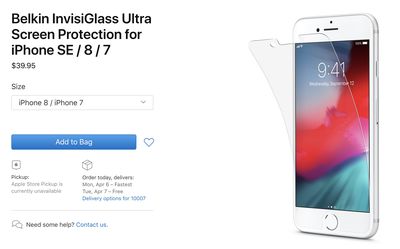With the calendar rolling over to April this week, we yet again saw several leaks and rumors, most notably including Apple itself leaking some references to a pair of long-rumored products: a new budget iPhone SE and AirTags item trackers.
Apple also acquired popular weather app Dark Sky, while Amazon's Prime Video app now allows users to bypass Apple's in-app purchase system and rent or buy movies directly from Amazon.
Check out our roundup below and the video above for details on these stories and more!
New Low-Cost 'iPhone SE' Could Launch Soon
We've been hearing about a new low-cost iPhone for almost exactly a year now, and it looks like it may finally be ready to launch, with new details suggesting a launch is imminent. The new phone will apparently recycle the iPhone SE name used for Apple's previous dedicated budget phone, but this version will look nearly identical to the iPhone 8 but with upgraded internals.
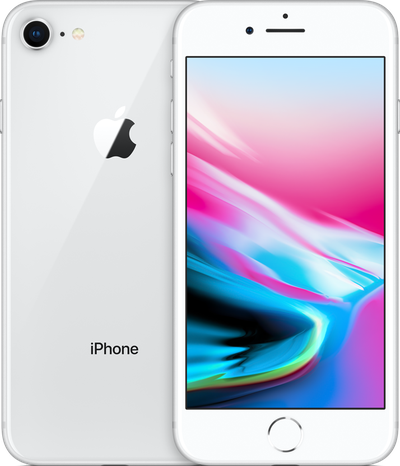
The new iPhone SE will reportedly be available in white, black, and red and come in 64, 128 and 256 GB capacities. Apple itself even briefly leaked some confirmation on the new device's name, updating the name of an existing Belkin screen protector for the iPhone 7 and 8 to include a reference to the SE in its online store.
AirTags Leaked in New Apple Video
Whoops! Apple on Thursday referenced its widely rumored AirTags item tracking tags in a support video uploaded to YouTube.
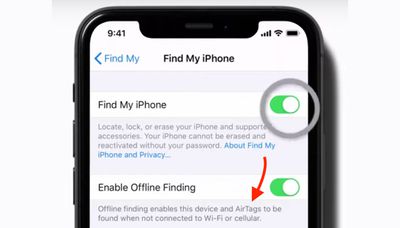
The video was inconspicuously titled "how to erase your iPhone," but on a settings screen for the Find My app, AirTags were clearly mentioned in fine print that indicates "offline finding enables this device and AirTags to be found when not connected to Wi-Fi or cellular."
MacRumors uncovered evidence of AirTags within iOS 13 code last year. The item trackers will compete with Tile, helping users keep track of their personal belongings, such as their keys, wallets, and backpacks.
Apple Acquires Weather App Dark Sky
Well, this was unexpected.
The popular iPhone and iPad weather app Dark Sky this week announced that it has been acquired by Apple. There will be no changes to the app, and it will remain available for purchase in the App Store.
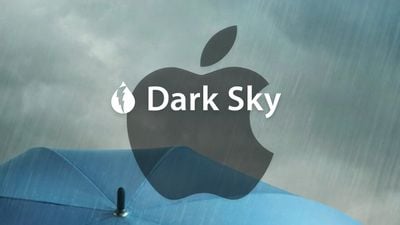
Apple will be ending Dark Sky support on Android and Wear OS on July 1, 2020. Dark Sky's API will also stop working at the end of 2021, which will impact other popular weather apps like CARROT Weather that use Dark Sky as a data source.
Apple Lets Amazon Prime Video App Offer In-App Purchases on iPhone, iPad and Apple TV
The Amazon Prime Video apps for iPhone, iPad, and Apple TV now allow customers to purchase and rent movies and TV shows within the app, with Apple allowing Amazon to use its own payment system, skirting the traditional in-app purchase screens.
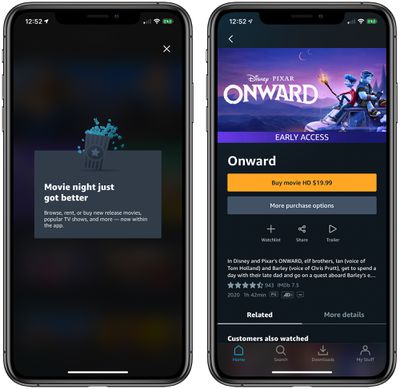
While this would appear to violate Apple's App Store rules that require all content purchased in apps to go through Apple's in-app purchase system and result in Apple taking a cut of the revenue, Apple says that Amazon Prime is now part of an existing program for a small handful of "premium" video apps, which allows them to use their own payment methods instead of in-app purchases.
MacRumors Newsletter
Each week, we publish an email newsletter like this highlighting the top Apple stories, making it a great way to get a bite-sized recap of the week hitting all of the major topics we've covered and tying together related stories for a big-picture view.
So if you want to have top stories like the above recap delivered to your email inbox each week, subscribe to our newsletter!


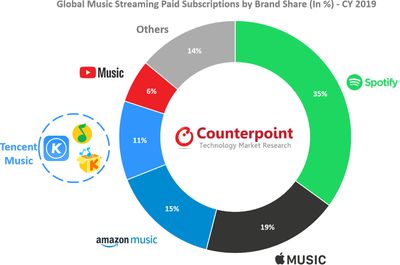
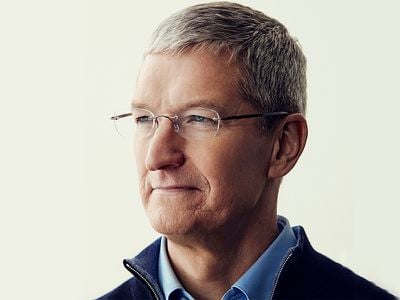

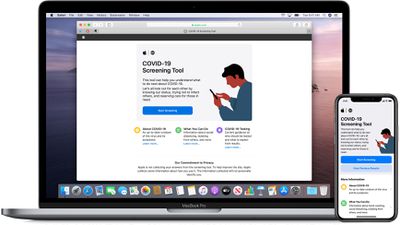

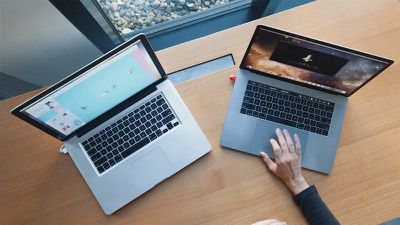
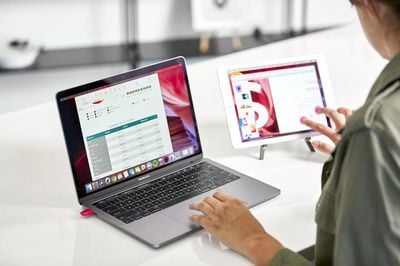
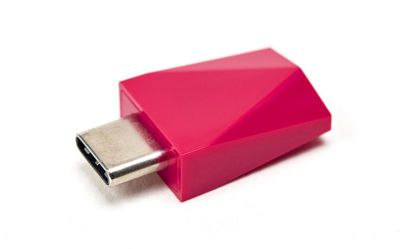
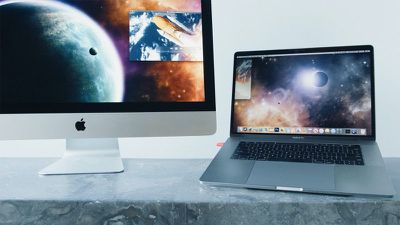
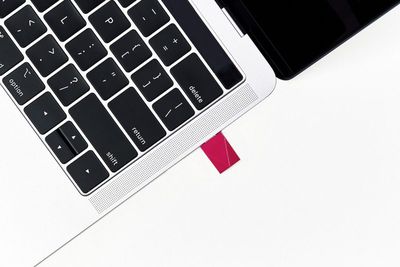
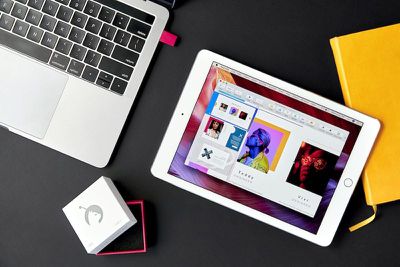
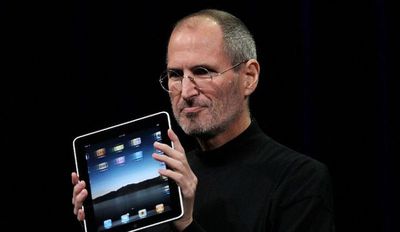
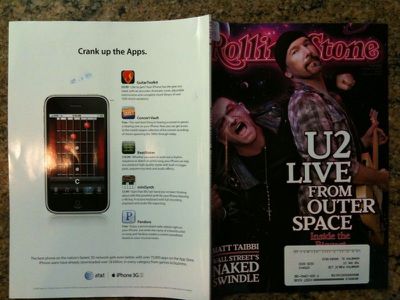
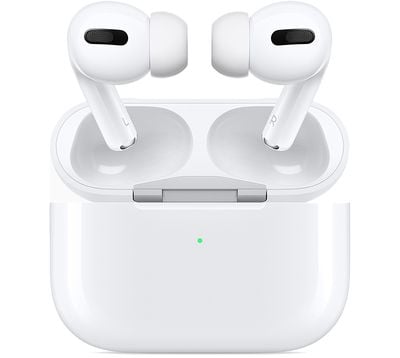 Note: MacRumors is an affiliate partner with Amazon. When you click a link and make a purchase, we may receive a small payment, which helps us keep the site running.
Note: MacRumors is an affiliate partner with Amazon. When you click a link and make a purchase, we may receive a small payment, which helps us keep the site running.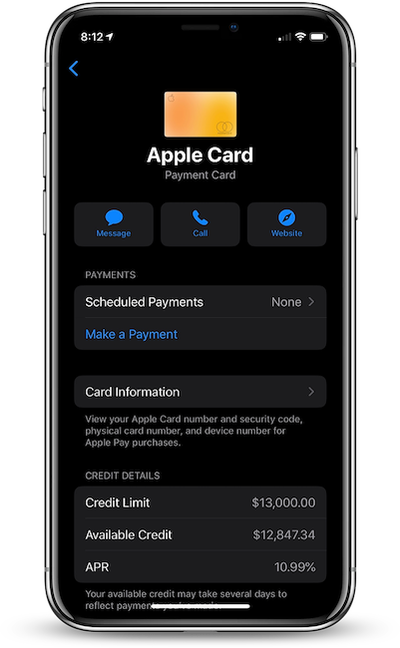
 Note: MacRumors is an affiliate partner with Woot. When you click a link and make a purchase, we may receive a small payment, which helps us keep the site running.
Note: MacRumors is an affiliate partner with Woot. When you click a link and make a purchase, we may receive a small payment, which helps us keep the site running.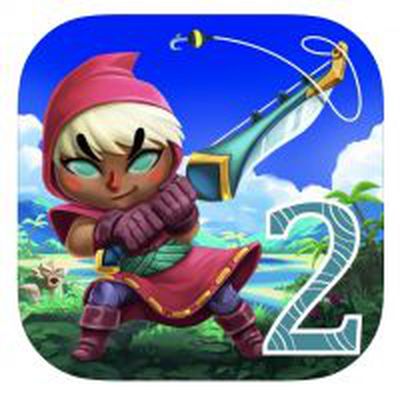 "
"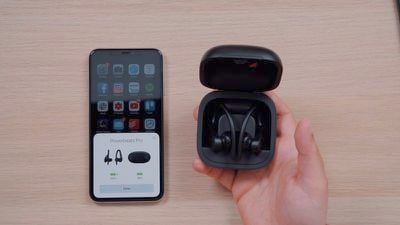 Note: MacRumors is an affiliate partner with these vendors. When you click a link and make a purchase, we may receive a small payment, which helps us keep the site running.
Note: MacRumors is an affiliate partner with these vendors. When you click a link and make a purchase, we may receive a small payment, which helps us keep the site running.
